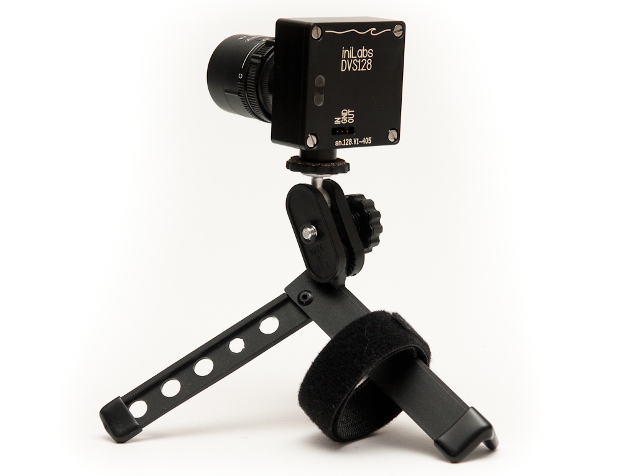IBM has developed a new camera which they have named the DVS128, with the acronym standing for Dynamic Vision Sensor. Priced individually at around $2,700 U.S., (you can get a deal if you buy 10 or more) it has been developed by IBM researchers working with Cornell University in Ithaca, New York, and iniLabs, in Switzerland.
DVS is the first camera to mimic the physiology of the human retina. Unlike an ordinary digital or analog camera which takes in everything seen through a viewfinder, the DVS only responds to any change in a scene just the way individual neurons work in the human eye. So the DVS senses and records movement, new objects entering the field of view, alterations to lighting and other subtleties using far less power and memory to record a scene. It can bring out details that are undetectable by existing camera technologies.
The camera contains 26 transistors and 3 capacitors. It can view a range of lighting conditions from moonlight to full sun. It uses standard CS-mount lenses.
Current applications include enhanced computer and robotic vision, laboratory experiments involving fluid dynamics and tracking of turbulence, long-term climate change tracking seasonal ice changes in remote areas, and sleep behavior studies.
If you are interested in learning more contact info@inilabs.com or +41 78 795 2907.









